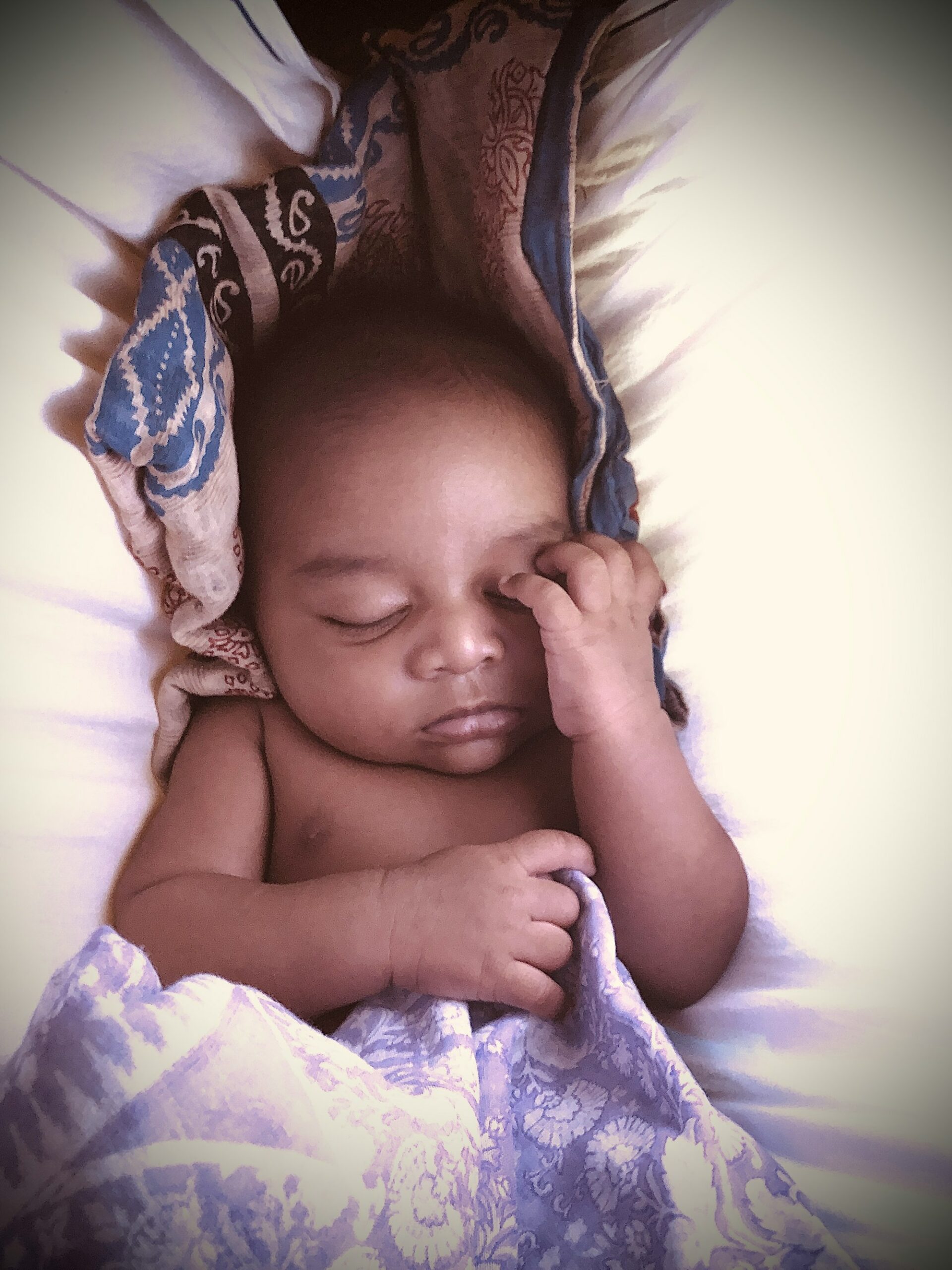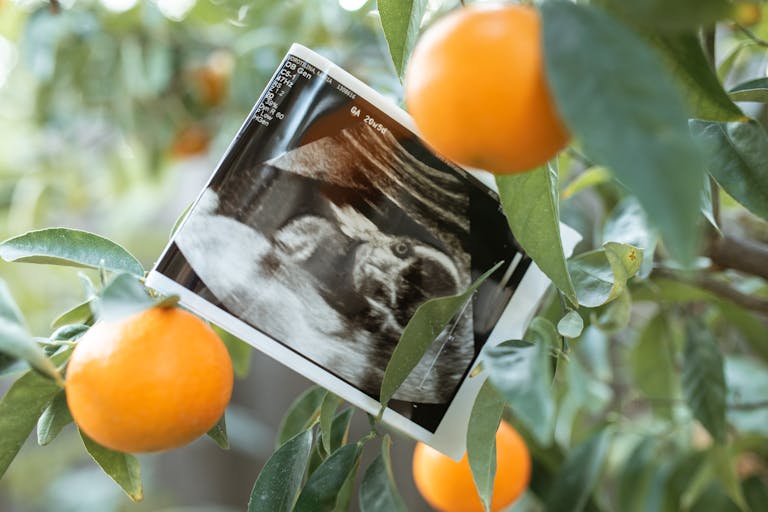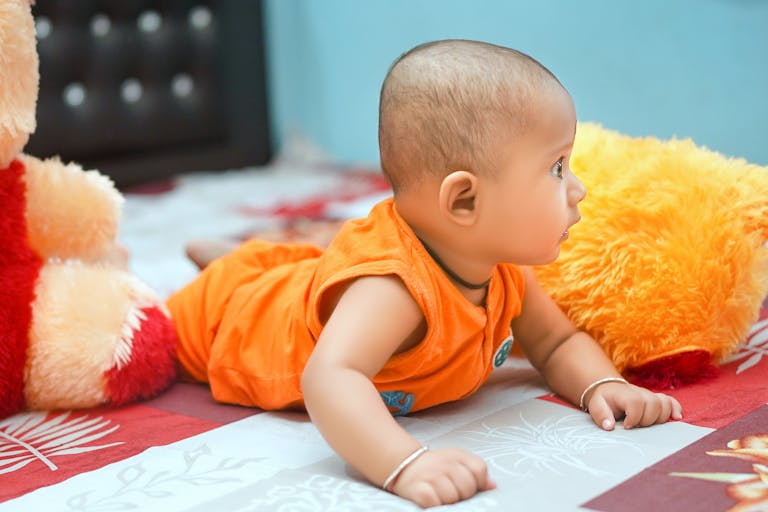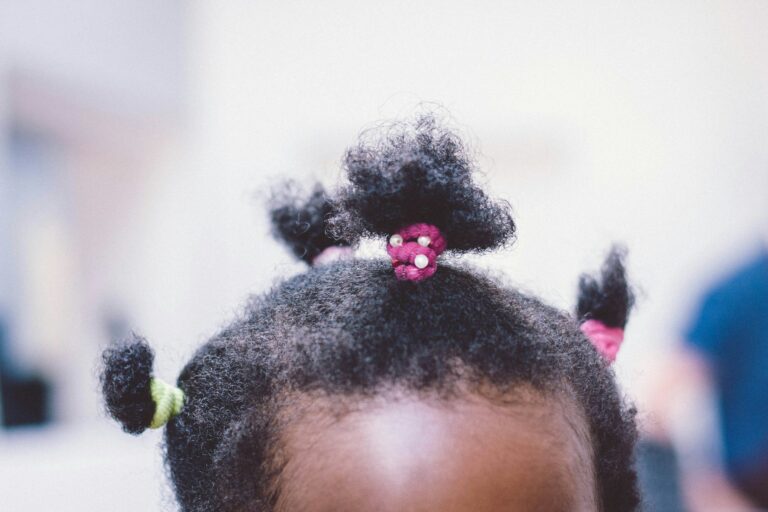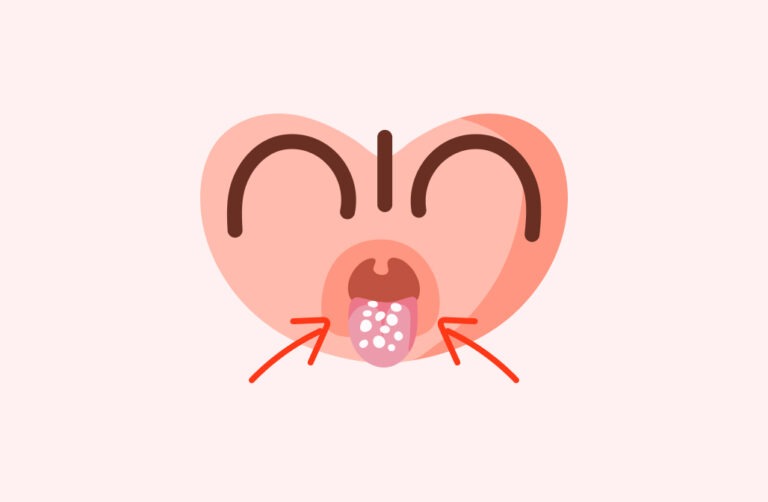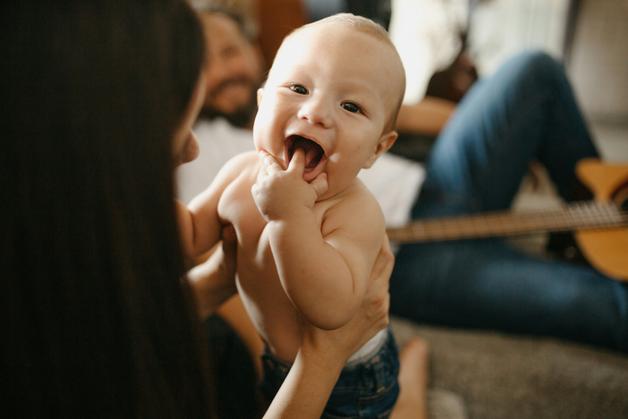Anticipation, joy, a touch of anxiety—these emotions swirl as the thought of welcoming a newborn takes centre stage in your life. Perhaps you’ve heard stories of sleepless nights, the never-ending cycle of diaper changes, and a tiny heartbeat seeking comfort against your own. Doubt may whisper: “Am I ready? Do I have everything my baby will need?” Breathe easy; you are not alone with these thoughts. Newborn needs revolve around both the tangible—clothes, feeding supplies, safe sleep equipment—and the profoundly intangible: emotional warmth, loving connection, a gentle hand to soothe each whimper. How to strike the right balance? What matters most in these earliest days? Here, the essentials converge: the science of newborn care, the art of nurturing, the practicalities of everyday life, and the spark of parental instinct. Discover what shapes your newborn’s wellbeing—right from that very first breath.
Why newborn needs matter from day one
Pause for a moment. Imagine the world from the eyes of your newborn—a rush of new sensations, the shift from the gentle rhythm of the womb to the unpredictable environment outside. During the newborn period, the immune system is delicate, still learning to distinguish between friend and foe. Medical research confirms that preparing to meet newborn needs supports immune resilience, maintains optimal hygiene, and creates an environment where the chance of infection is reduced. Early readiness—keeping feeding supplies, hygiene essentials, and support at hand—lets you concentrate on what truly matters: nurturing those first moments of bonding, protecting your baby from environmental stress, and transmitting a sense of security.
But let’s not mistake needs solely for objects. The requirements of a newborn beat quietly beneath the surface: a need for proximity, gentle touch, and emotionally attuned responses. Scientific reviews highlight the importance of secure attachment for both immediate comfort and long-term developmental outcomes. One cannot bottle parental presence, but every embrace, every soothing glance—these build the emotional foundation underpinning every other aspect of care.
Emotional connection and skin-to-skin contact
Building foundational bonds from birth
Lock eyes with your newborn for the first time. There’s a spark—the “foundational gaze” that marks the beginning of lifelong attachment. In these early hours, your baby instinctively seeks familiar sounds, warmth, and the reassuring sensation of skin-to-skin contact. No matter how softly spoken, a parent’s heartbeat offers profound comfort, echoing the rhythm your baby knew in the womb. Wondering about the science? Skin-to-skin contact, also known as “kangaroo care”, is medically recognised for its benefits: stabilising heart rate, supporting blood sugar levels, regulating temperature, and triggering oxytocin (the hormone of love and relaxation) for parent and baby alike.
This practice is remarkably simple. Place your newborn, clad only in a diaper, directly against your chest. Cover with a soft blanket if needed. Not only does this tactile closeness soothe your infant and encourage breastfeeding, but it also lowers stress hormones, making those early transitions gentler for both of you.
The need for proximity: holding, babywearing, and responsive care
Security in closeness, calm in your arms
Ever wonder if it’s possible to “spoil” a baby with too much holding? Research over decades provides an unequivocal answer: newborn needs include being held, cuddled, and responded to—often and without hesitation. Their brains, still rapidly developing, light up in response to nurturing touch and rhythmical movement. When you pick up a crying newborn and gently sway them, the result isn’t just comfort. It’s building neural pathways for emotional security, teaching your baby that their needs will bring an attuned response.
Consider babywearing—using an ergonomic carrier or sling. This redistributes weight for parental comfort (your back will thank you), frees your hands, and offers your baby a soothing, womb-like environment. Movement promotes gastrointestinal comfort and makes breastfeeding more accessible on the go. Scientific literature identifies a notable decrease in fussiness and a positive impact on parental confidence in those who practice regular babywearing.
Responsive care—answering those earliest cries with gentle consistency—forms the emotional glue that secures trust. Contrary to popular myths, a newborn does not develop adverse habits from being held, but instead learns the world can be a safe, predictable place.
Newborn communication: understanding the language of cries
Decoding your baby’s signals
A newborn’s only language is crying—a signal, never a strategy. Whether it’s hunger, discomfort, or simply the need for a warm embrace, each cry deserves a response. The ability of infants to self-soothe is not yet developed; ignoring persistent cries can lead, over time, to resignation, not resilience. The advice from paediatric specialists: listen carefully, respond promptly. This quick intervention calms biological stress responses, teaching your baby the world is responsive—and you, as their anchor, are reliable.
Shared sleep, safe sleep: balancing comfort and safety
The science and practice of newborn sleep
Sleep—elusive for the parent, vital for the newborn. The sleep needs of an infant are rooted in biology, with fragmented cycles, active (REM) phases, and frequent waking for feeds. Some families find comfort in co-sleeping (parent and baby sharing the same bed or room). Numerous studies associate co-sleeping, when practised safely, with easier night feeding and even a potential reduction in sudden infant death syndrome (SIDS) when paired with breastfeeding.
Safety is, however, foundational:
- Use a firm mattress (avoid soft surfaces that increase suffocation risk).
- Keep the infant’s sleep space clear of loose bedding, pillows, or toys.
- Maintain a room temperature between 18–20°C.
- Never co-sleep if you smoke, have consumed alcohol, or take sedative medications.
A bedside bassinet provides physical proximity with a barrier for added protection. For those choosing a separate crib, place your baby on their back, always on a firm, flat surface with a fitted sheet. Swaddles or wearable blankets (not loose blankets) provide warmth without danger.
A white noise machine may mimic the muffled sounds of the womb and encourage more consolidated sleep, while blackout curtains can be invaluable against early morning sun. Remember, newborn needs for sleep shift over time—adaptability is key.
Clothing and protection: the gentle touch of textile choices
Dressing the delicate newborn
Soft cotton bodysuits, pyjamas, comfortable hats and mittens—each garment selected for a newborn should answer two priorities: thermal regulation and skin protection. Medical literature reminds us that newborn skin is thinner, more permeable, and vulnerable to irritation or overheating. Always opt for hypoallergenic fabric, choosing items without rough seams or abrasive labels. Layering allows for precise adjustment to environmental changes; add or remove as needed.
Here’s a simple wardrobe guide:
- 7 bodysuits
- 4 to 6 sleep suits
- Several pairs of socks, mittens, and hats
- Swaddle blankets or wearable blankets for cooler nights
Before the first wear, wash all items with baby-safe, fragrance-free detergent. If rashes, redness, or flaking occur, switch to even milder products or consult a paediatrician.
Diapering and hygiene: comfort starts here
The practical science of baby skincare
A single newborn can require up to 9 diaper changes per day; expect to become an expert rapidly! Disposables or cloth—the choice depends on lifestyle, skin sensitivity, and preference. Medical research points to increased risk of irritation with infrequent changing or use of perfumes. Always have a supply of gentle, alcohol-free wipes or simply use cotton wool and water for the most delicate skin.
Do not forget diaper rash cream for protecting at-risk areas (look for zinc oxide-based products). Let the skin air dry before applying a new diaper—a simple tip to minimise moisture buildup.
For bathing: stick to sponge baths until the umbilical cord falls off (usually by week three). Once healed, a few baths per week suffice, using lukewarm water and a fragrance-free cleanser. Watch keenly for signs of infection: redness, swelling, or unusual odour deserves prompt attention from a healthcare professional.
Feeding needs: nurturing with precision and gentleness
Breast or bottle—feeding the newborn
Human milk, when chosen and possible, is naturally designed to match newborn needs—dynamic in composition, rich in antibodies, always fresh. Studies demonstrate benefits for digestion, immune support, and bond formation. The act itself—feeding “on demand”, watching for hunger cues like rooting or sucking—is aligned with established medical advice rather than fixed schedules.
Breastfeeding essentials:
- Supportive nursing bras and pads
- Nipple cream (lanolin for rapid healing)
- Nursing pillow for optimal positioning
- Breast pump and milk storage bags for expressed milk
If using formula or mixed feeding, select anti-colic bottles and nipples for easier digestion. Always consult your paediatrician before settling on a brand or preparation method—individual needs may vary. Bottle-fed babies should be held upright and fed in small volumes, imitating the natural rhythm of breastfeeding.
Burp cloths, bibs, and a supportive feeding chair add both comfort and convenience. Listen to your intuition—your baby’s feeding patterns may be unique, and flexibility in routine can prevent unnecessary stress.
Bathing, skincare, and grooming: softness in every detail
The first bath—always a milestone. Choose a baby tub with non-slip support, a gentle, hypoallergenic cleanser, and soft towels. After cleaning, moisturise dry skin with unscented lotion and keep nails trimmed (preferably after a bath). A soft hairbrush assists with gentle scalp care—especially helpful when managing cradle cap, a common and benign infant skin condition.
Health and safety: proactive care from day one
Regular checks and everyday safety
Vigilance—without worry—upholds the well-being of your newborn. Common warning signs to watch: persistent fever, lethargy, feeding refusal, or breathing difficulty. Have a digital thermometer, nasal aspirator, and first aid kit at home. An infant car seat (installed rear-facing) for every journey is non-negotiable.
Baby-proofing starts earlier than many expect: as your baby grows and explores, secure furniture, cover electrical outlets, and keep dangerous substances far out of reach. Always choose baby gear that meets current safety standards and recall information.
Nursery organisation and home environment
Function meets comfort in a thoughtfully arranged nursery. A well-anchored crib or bassinet (with a firm mattress), an armchair for those late-night feeds, suitable storage, and a humidifier (for dry conditions) form the foundation. Don’t overlook blackout curtains, a night-light, and a baby monitor. Keep items used less frequently sourced, labelled, and organised for those midnight searches.
On-the-go newborn needs: mobility with confidence
The world outside beckons soon enough. A well-equipped diaper bag (diapers, wipes, clean outfits, feeding gear, seasonal layers), a stroller or travel system matched to newborn safety, and a securely installed infant car seat equip you for each trip. Consider a soft baby carrier for outings—hands free, baby close! Bonus: a mosquito net for outdoor protection can be indispensable, especially during certain times of year.
Comfort, soothing, and play: nurturing the whole baby
Babies crave comfort in many forms. Swings and bouncers may offer relief, pacifiers (if chosen) can soothe the urge to suck, and white noise—or even your softly humming—can ground an agitated mood. But play, too, is part of newborn needs: brief sessions of tummy time, soft books, and high-contrast toys provide necessary sensory input and build early motor skills. Play is about presence, not quantity or complexity—trust your instincts.
Parental wellness: sustaining the caregiver
The transition to parenthood—a marvel and a test. Rest, nutritious meals, and moments of self-care are not “extras”, but the silent pillars of family well-being. Accepting help—whether from relatives or friends—makes space for recovery and bonding. Many parents find strength in support groups or parenting classes. Sharing responsibilities with your partner, and voicing needs openly, protect mental health.
What newborns do not need
Some products—crib bumpers, plush toys, bottle proppers, walkers—are best left aside, whether due to safety risks or lack of scientific benefit. Items that interfere with safe sleep (loose bedding, pillows) can increase risk unnecessarily. Favour new car seats and mattresses; avoid those second-hand unless you can verify their safety history.
Planning for growth and evolving newborn needs
Organisation—rotating clothing, adjusting feeding routines, ensuring that developmental toys and safety gear match your baby’s changing size and skills—pays dividends. Reassess regularly. When the time comes, donate or store unused items for future children or others.
Tips for an effective newborn registry
Prioritise: think diapers, feeding and hygiene supplies, sleep equipment. Include items at a variety of price points—friends and family often want to support in meaningful ways. Always purchase car seats and mattresses new, and update your registry as you learn more about your baby’s unique newborn needs.
Key takeaways
- Every newborn has fundamental needs—emotional connection, reliable physical care, nurturing touch—that go beyond the checklist.
- Essentials encompass soft, hypoallergenic clothing, tailored feeding approaches, strict hygiene, safe sleep, and equipment that meets rigorous health standards.
- Responding with warmth and structure fosters healthy physical and emotional development—even small, consistent gestures build security.
- Parental well-being is entwined with newborn health; self-care enables you to care better.
- Professional advice and reliable resources are always within reach—never hesitate to consult as needed.
- For ongoing support, practical tips, and health questionnaires tailored just for your child, explore the application Heloa.
Questions Parents Ask
What clothes does a newborn really need for their comfort and safety?
For optimal comfort and safety, a newborn’s wardrobe should focus on soft cotton bodysuits, sleepsuits or pyjamas, hats for warmth, and mittens to protect sensitive skin. Look for easy-to-change designs—press-stud fasteners and envelope necks minimise struggle. Remember, adjust layers depending on the temperature, avoiding overheating. Every baby’s comfort cues are a little different—observe your child and adapt as needed.
What health and safety items should I always have at home for my newborn?
Essential items for newborn health and safety begin with a digital thermometer (preferably for rectal use, as it gives accurate core temperature), a nasal aspirator to help with blocked noses, safe baby nail scissors or a file, and a gentle skin cleanser. Keep a basic first aid kit and a baby monitor accessible. Routinely check that equipment is in working order. If unsure about any health concerns, reach out to a healthcare professional without delay.
How can I help my newborn sleep better and safely?
Creating a secure, calming sleep setting does wonders. Always use a firm mattress with a tightly fitted sheet, keeping the sleep space completely free from pillows, toys, and loose blankets. Lay your baby on their back to sleep—the safest position as widely supported by neonatal health research. Maintain the room temperature around 18–20°C, and consider blackout curtains to dim early sunlight. Handle nighttime awakenings with gentle, low-light interactions. Routines evolve as your baby grows—adjust without worry, and seek advice as needed.
Further reading:

